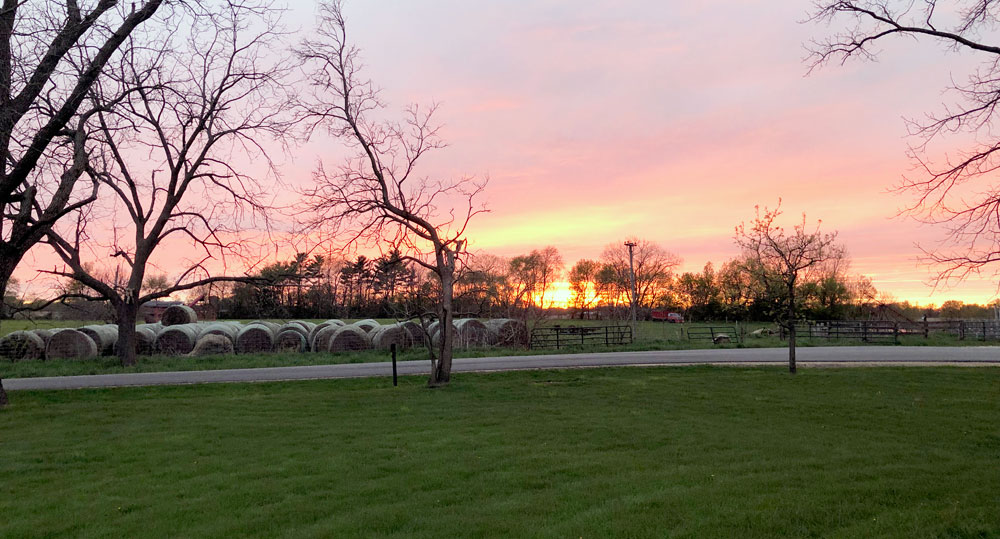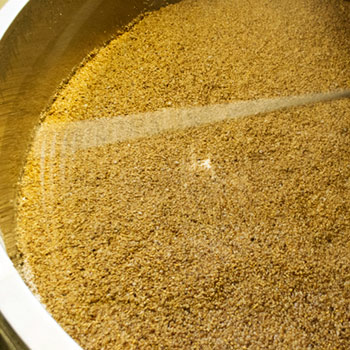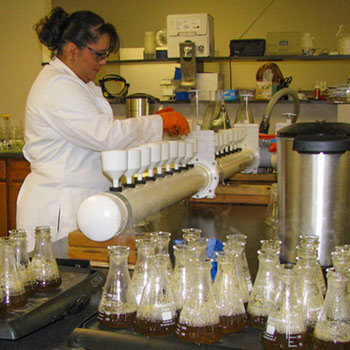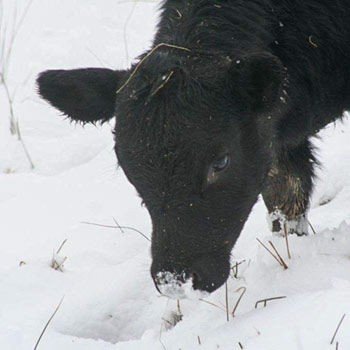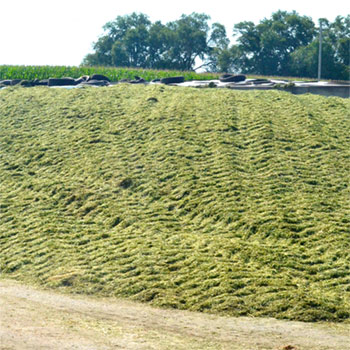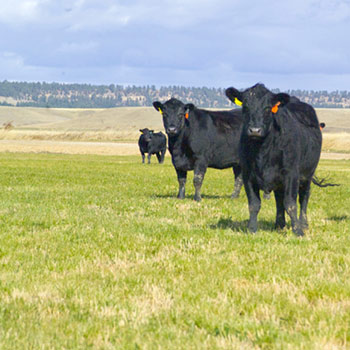Healing Words
Economist predicts better days ahead.
It’s not news to anyone in cow country. For 2019, cow-calf producer returns over cash costs were down. They may be the worst since 1996, according to Jim Robb, senior economist for the Livestock Marketing Information Center, but Robb sees better days ahead.
